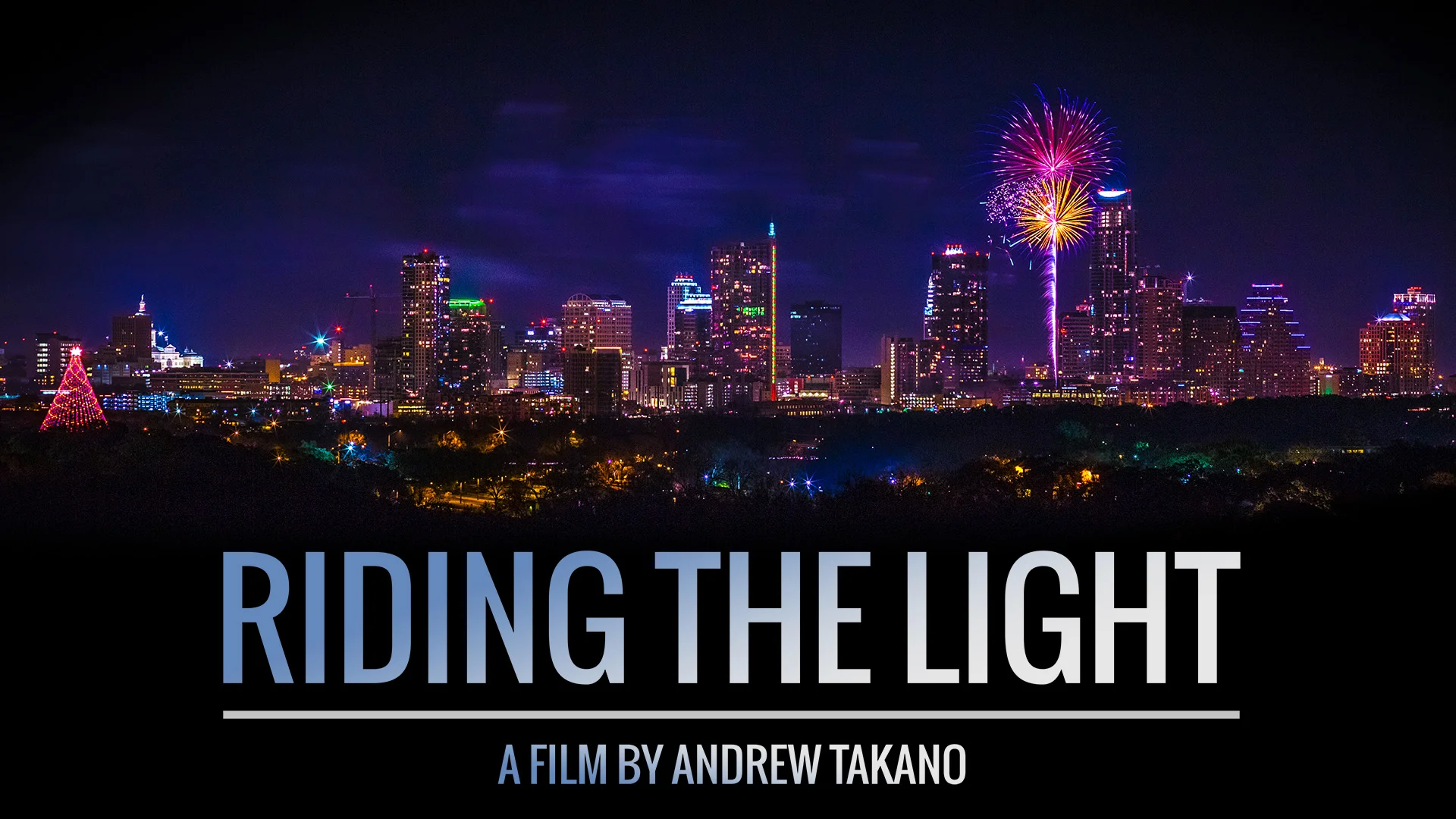I stepped outside early this morning and saw that low well-defined clouds were rolling over town, their features illuminated by the city lights below. I decided it would be a good time to test out a new skyline shooting location I'd discovered, but not before feeling the need to clean the low pass filter on my camera sensor and get rid of a dust bunny that popped up in the middle of my last shoot.
This otherwise mundane camera maintenance task gave me a chance to try out a new item I picked up last week, the Pentax Image Sensor Cleaning Kit, O-ICK1. To start off, let's just say it turned out to be a bit of a disappointment. After seeing a recent F-Stoppers review of an identical product sold under a different brand (and not yet available through that vendor), I was sold on the idea of this potentially easier dry cleaning method. This little rubber-cube-on-a-stick didn't work nearly as well for me as it did for the F-Stopper reviewer. There were a great deal of dust specks that showed up clearly at f/32 that I could not remove with the Pentax tool, no matter how many times I blotted it back and forth between the low pass filter and the little sticky sheet. Before I began my cleaning attempt, I managed to somehow blow an oily speck of some sort onto the filter with my rocket blower, and the Pentax tool did nothing to lessen its appearance. After messing with it for a few minutes with only marginal results, I got out my bottle of Eclipse and a sensor swab and did my usual wet cleaning routine. Two swipes and the sensor was almost perfectly clean, and it got that difficult oily speck on the first pass. I suppose I'll keep it around for later attempts -- maybe it works better on some types of dust than others (like pollen), but it's definitely no replacement for a good wet cleaning.
Anyway, back to my little photo trip -- as I was making my drive across town I noticed the clouds had become very diffuse in the 15 minutes I spent on my 3:30AM sensor cleaning misadventure. I decided to check out the shooting location anyway, and snapped a few unimpressive test shots before heading home. On the way, I was amazed at the total lack of activity downtown, specifically on Congress Avenue. I had done a lot of downtown night shooting before, but never on Congress at 4AM, a time at which there were no buses, and the only traffic appeared to be a few early morning delivery trucks.
I managed to snap a few shots I thought were interesting, mainly because I could stand in the middle of one of Austin's busiest streets without fear, giving me a perspective I'd been unable to shoot from before.
Prints of both photos are available for purchase on the Shop page.

















